Engine Valve
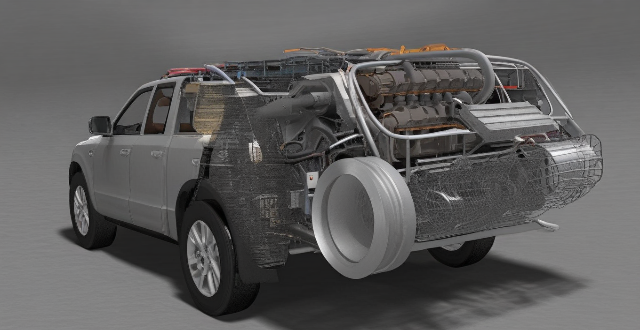
What are the main components of a fuel vehicle's engine ?
The main components of a fuel vehicle's engine include the cylinder block, pistons, connecting rods, crankshaft, camshaft, valves, head gasket, cylinder head, timing belt or chain, oil pump, spark plugs, intake and exhaust manifolds, cooling system, and lubrication system. These components work together to ensure efficient combustion, energy conversion, and overall engine operation.

What are the benefits of a gasoline hybrid engine ?
The article discusses the advantages of a gasoline hybrid engine, which is a combination of a traditional internal combustion engine and an electric motor. The benefits include improved fuel efficiency through reduced fuel consumption, regenerative braking, and start-stop technology; lower CO2 emissions and decreased pollutants resulting in cleaner air quality; and enhanced performance with instant torque, smooth driving experience, and extended brake life due to regenerative braking. Overall, gasoline hybrid engines provide a balance between power and efficiency, making them an attractive option for eco-conscious drivers.
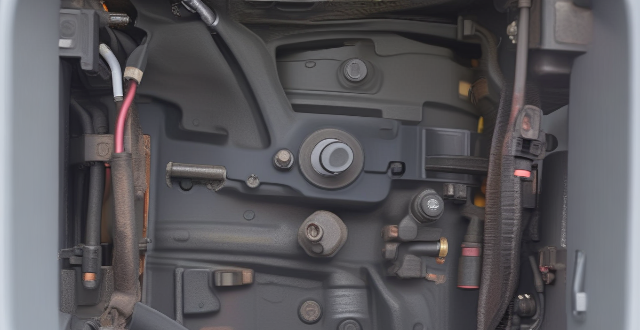
Can an electronic speed controller be used in a car engine ?
The question of whether an electronic speed controller (ESC) can be used in a car engine depends on the type of engine. In traditional internal combustion engines (ICE), which use gasoline or diesel as fuel, an ESC cannot be used because these engines rely on mechanical systems for speed control. However, in electric cars, which use electric motors as their primary source of propulsion, an ESC is essential for controlling the speed of the motor and protecting it from damage. Therefore, while an ESC cannot be used in ICE vehicles, it plays a crucial role in electric vehicles.

How can I fix a leaky faucet at home ?
Fixing a leaky faucet is a common household problem that can be solved with a few simple tools and steps. Here's how you can do it: ## Supplies Needed: * Wrench or pliers * Screwdriver * New washer or O-ring (depending on the type of faucet) * Pipe tape or thread sealant ## Steps to Fix a Leaky Faucet: ### 1. Turn Off the Water Supply Before starting any work on the faucet, turn off the water supply to the sink. This will prevent any accidental flooding while working on the faucet. ### 2. Remove the Handle Use a wrench or pliers to remove the handle of the faucet. Be careful not to damage the surrounding area while doing this. ### 3. Remove the Valve Stem Once the handle is removed, use a screwdriver to remove the valve stem from the faucet body. The valve stem is the long metal rod that goes into the faucet body. ### 4. Replace the Washer or O-ring The washer or O-ring is located at the bottom of the valve stem. If it is damaged or worn out, replace it with a new one. Make sure to choose the correct size and type for your faucet. ### 5. Reassemble the Faucet Once you have replaced the washer or O-ring, reassemble the faucet in reverse order of disassembly. Apply pipe tape or thread sealant to the threads before tightening them to prevent leaks. ### 6. Test the Faucet Turn on the water supply and test the faucet to make sure it is no longer leaking. If it is still leaking, check to see if all connections are tight and if there are any other issues with the faucet.

What are some easy DIY plumbing repairs for homeowners ?
Plumbing repairs can be intimidating for homeowners, but there are several simple and straightforward tasks that you can do yourself without the need for a professional plumber. Here are some easy DIY plumbing repairs that homeowners can tackle: 1. Fixing a Leaky Faucet: To fix a leaky faucet, turn off the water supply, remove the handle, use a wrench to unscrew the packing nut and replace any worn-out washers or O-rings. Reassemble the faucet and turn on the water supply to check for leaks. 2. Unclogging a Drain: Clogged drains are another common plumbing issue that homeowners can easily fix themselves. First, try using a plunger to create suction and force the clog through the drain. If the plunger doesn't work, use a drain snake to physically remove the clog from the drain pipe. Once the clog is removed, run hot water through the drain to clear any remaining debris. 3. Replacing a Toilet Flapper Valve: If your toilet won't stop running, it may be due to a faulty flapper valve. Turn off the water supply to the toilet and flush it to empty the tank. Remove the old flapper valve by unhooking it from the chain and unscrewing it from the overflow tube. Install the new flapper valve by screwing it onto the overflow tube and reattaching the chain to the handle lever. Turn on the water supply and test the toilet to make sure it works properly. These are just a few examples of easy DIY plumbing repairs that homeowners can do themselves. By tackling these simple tasks, you can save money on plumbing bills and gain confidence in your ability to maintain your home's plumbing system. However, if you encounter more complex issues or feel uncomfortable performing certain repairs, it's always best to consult with a professional plumber.
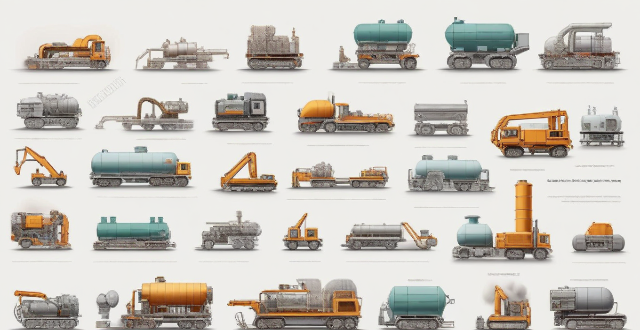
How long do diesel hybrid engines last ?
This article discusses the factors that affect the lifespan of diesel hybrid engines and provides an estimate of their expected lifespan. It also offers tips for maximizing the lifespan of these engines through proper maintenance, responsible driving habits, high-quality fuel, and protection against extreme temperatures.

How efficient is a Series Hybrid Electric Vehicle ?
Series hybrid electric vehicles (SHEVs) combine internal combustion engines and electric motors to power wheels, offering efficiency benefits through regenerative braking, engine optimization, and electric drive. However, added weight, system complexity, and battery depletion can be drawbacks. The efficiency of SHEVs hinges on design and driving habits.

What are the key components of a CHEV's drive system ?
The key components of a CHEV's drive system include the engine, electric motor, transmission, battery pack, and energy management system. The engine generates the majority of the power needed to propel the vehicle, while the electric motor provides additional power during acceleration or hill climbing. The transmission transfers power from the engine and electric motor to the wheels, and may be a conventional automatic or manual transmission or a specialized hybrid transmission. The battery pack stores electrical energy generated by the electric motor during regenerative braking and provides power to the electric motor when needed. The energy management system controls the flow of energy between the engine, electric motor, and battery pack, determining when to use each source of power based on driving conditions, state of charge of the battery, and driver demand. These components work together to provide a seamless driving experience while maximizing fuel efficiency and reducing emissions.
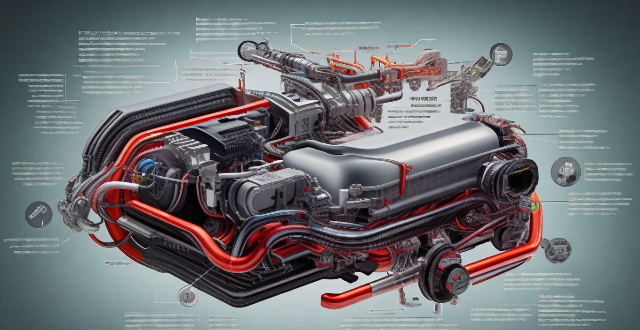
How do I install and maintain a combination motor drive system ?
A combination motor drive system, also known as an integrated drive system or hybrid drivetrain, is a complex assembly of components designed to deliver power from the engine to the wheels of a vehicle. It typically includes an internal combustion engine, one or more electric motors, and a transmission that may incorporate both mechanical and electronic control systems. This guide will walk you through the installation and maintenance process for such a system.
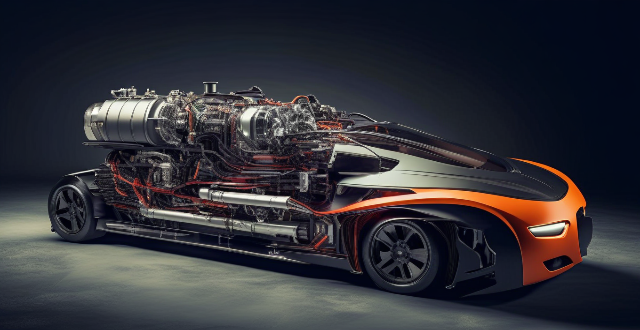
Can I still use gasoline in a gasoline hybrid car ?
Gasoline hybrid cars combine a traditional gasoline engine with an electric motor for improved fuel efficiency and reduced emissions. While they still require gasoline to operate the internal combustion engine, they offer significant savings in fuel costs over time. To maximize fuel efficiency in a gasoline hybrid car, drivers should practice eco-driving techniques, perform regular maintenance, and utilize regenerative braking settings. Gasoline hybrid cars represent a step towards reducing our reliance on fossil fuels and transitioning to cleaner energy sources.

What are some simple steps to fix a running toilet ?
This text provides a step-by-step guide on how to fix a running toilet, including identifying the problem, adjusting or replacing the flapper or tank ball, adjusting the float level, checking and adjusting the fill valve, testing the fix, and when to call a professional.

What are some signs that a fire extinguisher may need to be replaced ?
Fire extinguishers are crucial safety equipment that need to be in good condition. Signs that indicate a fire extinguisher needs replacement include: 1. **Pressure Indicator**: If the indicator is in the red zone or below, it needs recharging or replacement. 2. **Expiration Date**: Replace immediately if the extinguisher has passed its expiration date. 3. **Corrosion and Rust**: Corrosion or rust compromises the integrity of the extinguisher. 4. **Leaking or Discharging**: Indicates a problem with the seal or valve, requiring replacement. 5. **Damage or Wear and Tear**: Replace if there are dents, cracks, or missing parts due to damage or wear. 6. **Manufacturer's Recommendations**: Follow the manufacturer's guidelines for optimal performance and safety.

How does a Series Hybrid Electric Vehicle compare to a Parallel Hybrid Electric Vehicle ?
Comparison between Series Hybrid Electric Vehicle and Parallel Hybrid Electric Vehicle highlights the differences in power transmission, battery dependency, fuel efficiency, performance, cost, complexity, and regenerative braking capabilities of both types. The series hybrid is more efficient for city driving, while the parallel hybrid suits highway driving better. The choice depends on the user's driving habits and needs, with both offering environmental and economic benefits over traditional vehicles.
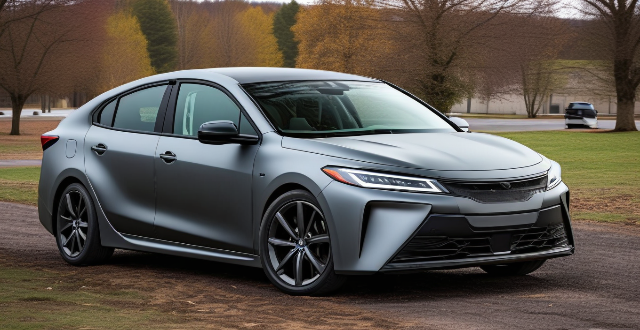
How do gasoline hybrid cars perform in cold weather ?
Gasoline hybrid cars' performance in cold weather can be affected by reduced battery capacity, thicker engine oil, and decreased tire traction. Proper maintenance and adjustments to driving habits are crucial for safe and efficient operation during the colder months.